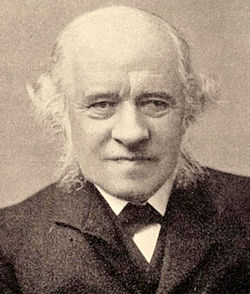This article needs additional citations for verification .(April 2023) |


Crystal Palace School of Art, Science, and Literature, also known as Crystal Palace Company's School of Art, was opened in 1854 by the Crystal Palace Company as a new enterprise, to occupy part of the centrepiece building of the Great Exhibition, following its re-erection in suburban south-east London.
Contents
- Ladies' division
- Notable faculty
- Notable students
- Gentlemen's division
- Notable engineering students
- Examinations
- See also
- Notes
- References
- Further reading
The civil engineer and later first director of the Royal College of Music, George Grove, was appointed secretary. (His sister Eleanor Grove also worked for women's education.) It was a part of the great movements for educational and social reform in nineteenth century Britain.
The main Crystal Palace buildings were destroyed by fire in 1936.


